|
Fossils with Pearls
|
|
|
Data: Can you please help me in identifying the fossil in the following pictures. It appears to contain two fossil pearls. Location: The exact location is unknown. I bought the fossil in a street market in Bogotá, Colombia, South America. I can only suppose that the fossil was gathered some place in Columbia. Some weeks
later at home, it accidentally broke and .... Surprise !!! two pearls.
I have polished them and they give the beautiful coloration of mainly
red stains and some beigge Size: The penny in the picture will give you some idea of the dimensions. Although their form is irregular the long one is a maximum is of ten (10) centimeters; height in the highest part: 6 centimeters. The biggest pearl has form of rounded cone of height 1.8 centimeters; wide in the base (diameter) of 1.3 centimeters; volume, that is to say how much it stands out of the surface where it is: 1 centimeter. I cannot determine to what depth it is inserted that is to say how much there is under the surface, because I fear to damage it and if it extracted it it would lose their originality. The small pearl is fairly oval a centimeter long and about 4 millimeters in the widest part; it stands out approximately of the surface 2,5 millimeters; I don't know to how much depth it is inserted, it could hardly be stuck to the surface. The mollusk itself,
is green olive or brown in coloration; when passing it over the I find that what fossilized was the whole mollusk - the fleshy animal - and that the shell disappeared. In the later fossil, it has two prominences that as I have been able to discover lately - I am not specialist and up to now it had not been interested - they would correspond with the form of the family glossidae. Any help or ideas
would be appreciated, Send Ideas to: TOMAS JORDAN (I speak Spanish and read & write some English) |
|
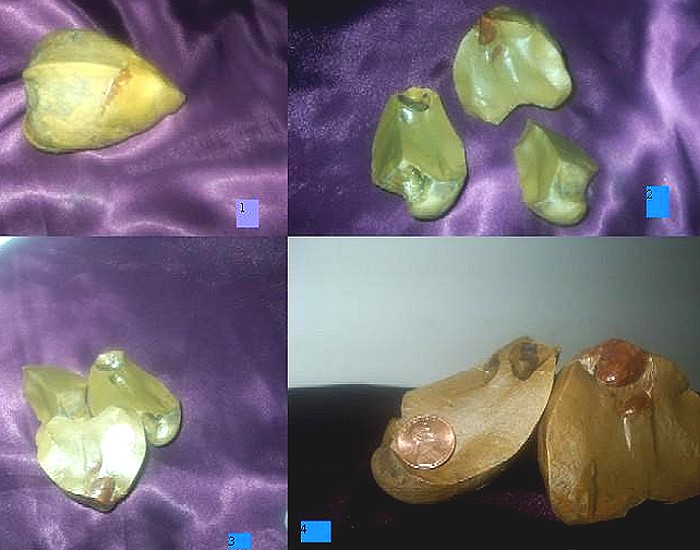 |
|
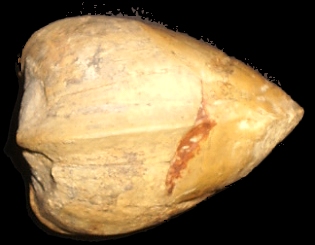 |
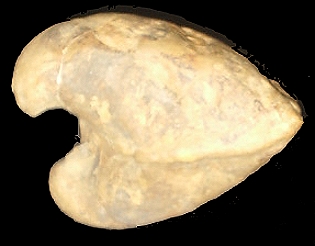 |
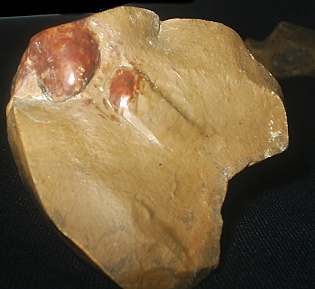 |
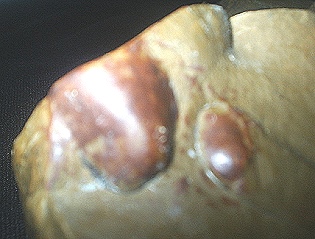 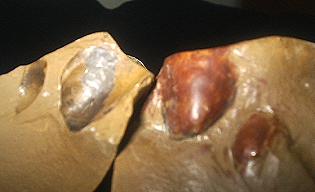 |
|
Discussions:
|
|
|
Identification: |
|
Return to: